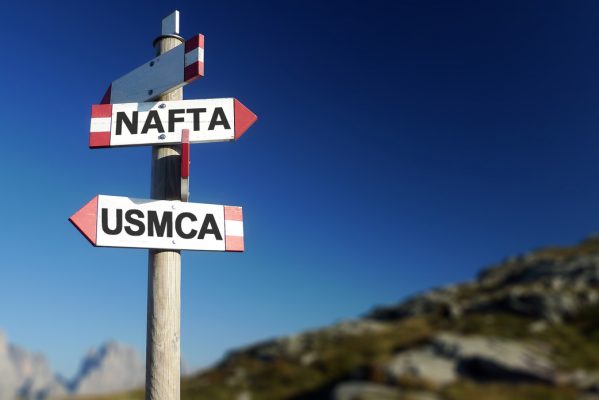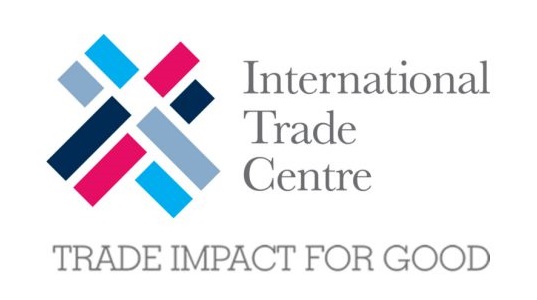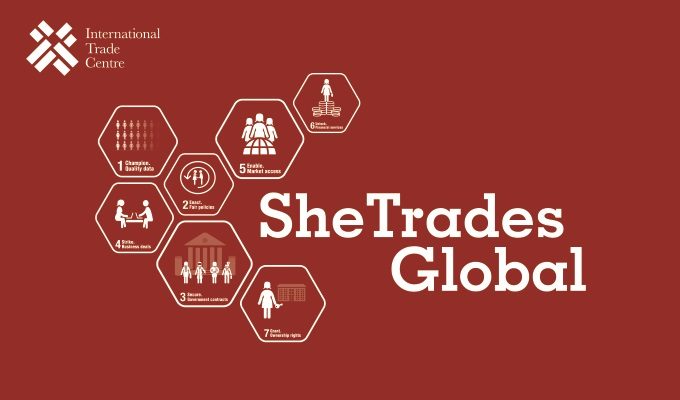USMCA versus NAFTA: key changes
USMCA versus NAFTA
After more than a year of negotiations and a few hours before the deadline of October 1, the USMCA was signed. The US government of President Donald Trump and the government of Canadian Prime Minister Justin Trudeau succeeded in reaching a trilateral free trade agreement with Mexico to replace the North American Free Trade Agreement (NAFTA) after 25 years.
The new trilateral treaty, known as the US-Mexico-Canada Agreement (USMCA), has brought some changes in a number of areas, such as rules of automotive origin, dispute settlement, the market for agricultural products and dairy products, digital commerce and import.
For automotive rules of origin, the USMCA will require 75% of the automotive content to be manufactured in North America so that cars qualify for tax-free preferential treatment.
In comparison, NAFTA’s automatic rule of origin was 62.5%. Of the 75% threshold required by the USMCA, between 40% and 45% must be made by workers earning at least US$ 16 per hour. The salary requirement will be implemented over five years. It is essentially a requirement of US or Canadian content, as the wages of Mexican workers are not close to that level.
However, experts caution that USMCA rules may restrict automakers’ buying activity, which could increase manufacturing costs, and the wage requirement may disrupt existing supply chains around the NAFTA rule of origin.
Regarding the Dispute Settlement between Investors and States (ISDS), the special arbitration mechanism contained in NAFTA that allowed investors to process NAFTA countries for discriminatory actions will be eliminated between the United States and Canada and their coverage will be significantly reduced for investors in Mexico. In the Mexican case, such a tool will cover investments only in the areas of oil and gas, power generation services, telecommunications services, transportation services and infrastructure ownership management. The reduction of the ISDS is a major victory for US Trade Representative, Robert Lighthizer, who sees it as a way for corporations to reduce the country’s sovereignty and encourage outsourcing.
With respect to access to the dairy and agricultural markets, the United States gained access to the markets for dairy products, eggs and chicken heavily protected by the Canadian market, allowing Canada to export more dairy products, peanuts and sugar to the United States. The USMCA will provide Americans with access to about 3.6% of the Canadian dairy trade. Canada has also committed to eliminating its “class 7” milk program, which has encouraged domestic cheese makers and processed foods to use dairy protein produced in their territory rather than foreign imports.
The Canadian dairy industry has condemned the USMCA for putting the industry “at risk” while the US Dairy Export Council expressed indifferent support for it. The United States was also able to resolve Canadian practices that discriminated against US wine and grain.
In relation to digital commerce, the USMCA contains provisions similar to those negotiated in the TPP. A significant improvement is the general prohibition of data location requirements that does not provide an exception for financial services companies.
Regarding the minimum value of import taxes, the new Agreement will increase the threshold at which imports from Canada and Mexico will be subject to customs duties, a priority for many in the US business community. For Canada, the minimum tax level will increase from 20 Canadian dollars to 40 and allow duty-free shipments of up to 150 Canadian dollars. Mexico will allow tax-free shipments of up to US$ 117. And the minimum tax threshold paid by the US will be US$ 800.
USMCA versus NAFTA
Finally, the latest news is that for the first time the United States has managed to include rules on currency manipulation and monetary policy in the main text of a trade agreement. The requirements related to transparency in exchange rate activity will be subject to the USMCA State-to-State Dispute Resolution mechanism.
You can know about restrictions on international trade in the post: https://blog.intradebook.com/en/restrictions-on-international-trade/
Source: CEIRI Newspaper







